Italy's most important men of letters - Italo Calvino
- readbooku
- Jan 20, 2016
- 7 min read

T.S starts his story on Italo Calvino’s childhood, or to be more precise, before his childhood; His parents were both botanists, also a teaching professor of agriculture, whom had left for Cuba to conduct scientific experiments after living through the Mexican Revolution. Despite Italo whom could relate his name directly to his italian origin, he is not infact born in Italy but from Havana, or Cuba as it was called in that period. It could be in this context, Italo had never really infused a strong italian culture in his writing, though his influence through his stories have reached far beyond the Mediterranean.
In his book “Six Memos for the Next Millennium”, tells a story of his childhood, where he used to live with little magazines. His mother has begun buying and collecting Italian comic strips even before he was born and had bound them into volumes year by year. According to the graphic taste and style of that period, particularly in Italy, they have not yet to use balloons for dialogues. Unlike their American counterparts, they have replaced the balloons with two or four rhymed lines under each cartoon frames instead.
This could be Italo’s first reading, or his understanding of reading, which he explained although being unable to read himself, he could easily dispense with the words - the pictures were enough. He would spend hours following the cartoons of each series from one issue to another, while in his mind he told himself the stories, interpreting scenes in different ways.
第一季的主题(一月-三月)是著名作家 伊达罗 卡尔维诺 (Italo Calvino)。由于大家对于这位20世纪的作家还颇为陌生,因此TS为大家引荐这名在他思想启蒙时期影响深重的人物。
伊达罗.卡尔维诺 是意大利文名,这常让人误解他的身世,其实他出生于古巴后来才移居在意大利。双亲都是植物学家,虽然没耳濡目染步父母的后尘,但往后的文字创作里对植物花卉的知识掌握源之于此。
漫画是伊达罗的童年伴读,当时黑白的方格漫画没有对话框,仅用一两行文字在方格下方来表达图画意思,伊达罗这样开始识字,用文字串故事从中得到乐趣,影响他走上创作这条路。
T.S also shares his experience reading other books by Italo Calvino. Invisible Cities , in particular has grabbed the attention and inspired many artists and designers. Till this day, this book is continuously translated into many other different languages.
Invisible Cities also explores the imagination and imaginable through descriptions of cities by the explorer, Marco Polo. The book’s narration framed a conversation between him and a Chinese emperor Kublai Khan , from Yuan Dynasty (Mongol Empire). Through what seems like Marco Polo’s travel diary, it describes the imaginative potential of cities, that has been used by architects and artists alike to visualize how cities can be.
Chapter by chapter, cities are formed as a constellation of ideas of a city. These cities are divided into eleven thematic groups of five each, for example Cities & Memory, Cities & Desire, Cities & Signs, Thin Cities and etc.
《看不见的城市》
关乎城市的叙述,颠覆大家总是以地理位置和文化特色来认知一座城市的既定印象。以“诚实和记忆”,“城市和欲望”,“城市和标记”,“瘦小的城市”,“贸易的城市”,“诚实和眼睛”等等主题进行分类,重新解构城市的面貌,每段文字里都藏着隐喻,每读一遍就会有不同的发现。
因此他的作品带给其他创作者很多启发和灵感,许多建筑师和艺术工作者重新以自己领域的专业来重新诠释和沟通。这本书至今已翻译成多国语言发售全球。

Reading is going toward something that is about to be, and no one yet knows what it will be.’ ,
A quote from Calvino.
In two other books by Calvino; In a winter night a traveller and A literature machine, Calvino expresses a new exploration of writing and reading, where the the narration seems more important that the story itself.

If in a winter night a traveller
The narrative, in a form of a frame story, is about a reader trying to read a book called If on a winter's night a traveler. Each chapter is divided into two sections. The first section of each chapter is narrated in a second person, and described the process the reader has to go through to attempt to read the next chapter of the book. The second half is the first part of a new book that the reader ("you") finds. The second half is always about something different from the previous one and the ending is never thoroughly explained. You enter a space of a story in a chapter, and then without noticing it, you have entered another context and space. However, you have caught a hint in the previous one.
《如果在冬夜,一个旅人》
首次尝试的创作形式,整本书被分成两个部分,第一个部分是以“你”第二人称为视角,营造笔下“读者”就是真实“读者”你本身,准备阅读这本书时却发生一连串的事故。而第二部分就是书本里面所描述的各种书中的故事。两个部分章节交替出现,看似独立的却连接在一起的两部情节,形成 A-B,A-C,A-D … 的有趣结构。

Martina Casonato remediates "If on a Winter’s Night a Traveler" by Italo Calvino

It was through the influence of Jorge Luis Borges and Kafka, Calvino veered into the creative course that culminated in Cosmocomics and t zero.
Cosmicomics | Distance of the moon
Perhaps it is the influence of his scientists parents, Cosmicomics takes a scientific “fact”and builds an imaginative story around it.
The narrator was named Qfwfq in which T.S point of view, depicts the side elevation of a dinosaur. In the chapter of ‘distance of the moon’ ,he sparks an observation and imagination of how the moon’s distance could affect our living, or how we could interact with the moon if it is so near that we could reach it. S.Ghazali a reader from Booku points out that she once watched and showed the group a short film named La luna (The moon), which was inspired from the writing of Cosmicomics.
《宇宙连环图》
将我们所熟知的科学理论拟人化,形成12 篇短文。时间线从宇宙形成初期到地球发展成型,其中穿插人情皆探讨哲理,主角会依据那条物理公式或者是宇宙定理衍生出故事情节。例如其中最著名的一篇“月亮的距离”,讲述每当涨潮,就是月亮与地球最靠近之时,主人公和他的伙伴会架楼梯爬上月球采集月乳,还发生奇妙的三角关系。
主角Qfwfq是整部故事的旁白,TS 乍看字体立面觉得像恐龙的骨架,而实际上它的确在其中某一篇自白自己的恐龙身份。当TS简略介绍这本书时,当中有读者觉得与她曾经看过的一段影片内容相似,这部由皮克斯公司 (pixar) 制作的短片,同样讲述男孩,父亲,爷爷在月亮挖矿的故事,原来灵感取自这本书。
影片连接:https://www.youtube.com/watch?v=AzNio77XA8k
其中“月亮的距离” 也被放入播客,让大家也可以用听故事的方式去认识这本书。(TS提供)
播客连接:http://www.radiolab.org/story/282571-distance-of-moon/
Six Memo for the Millennium
Six Memo is the last book by Calvino. At the time of his death, his final writing would be his lecture notes for Charles Eliot Norton Lectures at Harvard. Sadly it has never been delivered by him as he had passed away before leaving Italy.
Below are the memos that Calvino has collected on the values of literature and creativity, that he felt were important for the coming millennia.
The values in which Calvino highlights:
Lightness
Quickness
Exactitude
Visibility
Multiplicity
All that is known of the sixth lecture is that it was to be on consistency, which was completed by his wife based on the notes found on his writing table.
《给下一轮太平盛世的备忘录》
起初这是一篇即将在哈佛大学发表的演讲稿,却在伊达罗准备动身前往之际,不幸因脑溢血而离开人世。
这篇演讲稿是给读者的备忘录,也是给下一个时代的启示,总共阐述了六个价值: 轻;快;准;显;繁;连贯(这第六篇只写了题目,尚未拟好内容)
*以上只是伊达罗较为著名的几部作品,其他作品可见附录如下
.............................................................................................................................................................
Theme and tribute for this season(January- March) are brought to you, readers through the readings of Italo Calvino books. We have accomodate a series of reading in our little book space, so please drop-by if you have an interest in knowing this great author. We look forward to see you and join in our next sharing.
经过TS的一番引述,大家对伊达罗这名作家本身与其作品依稀有了基本概念,各自挑选了自己感兴趣的类型,租借回去阅读。
一月-三月的主题读书会在第一轮的试跑后,将会继续举办第二次的读书会,任何有兴趣的朋友,无论你是伊达罗的忠实读者,或者是对他的作品一概不知,都欢迎你抽空来参与我们的分享会,一个早上的时间,多认识一名已故名人似乎不是什么坏事。(哈)同时我们也提供书本订购服务。
BOOK LIST :
Calvino, Italo, and Patrick Creagh. The literature machine : essays. London: Vintage Books, 1997. Print.
Calvino, Italo, and Archibald Colquhoun. Our ancestors. London: Pan Books, 1980. Print.
Calvino, Italo. If on a winter's night a traveller. London: Minerva, 1992. Print.
Calvino, Italo. Cosmicomics. London: Abacus, 1982. Print.
Calvino, Italo. Difficult loves ; Smog ; A plunge into real estate. London: Pan in association with Secker and Warburg, 1985. Print.
Calvino, Italo. Mr. Palomar. San Diego: Harcourt Brace Jovanovich, 1985. Print.
Calvino, Italo. Italian folktales. Harmondsworth, Middlesex: Penguin Books, 1982. Print.
伊塔罗·卡尔维诺. 在你说喂之前. 台北市: 时报出版, 2001. 印刷.
伊塔罗·卡尔维诺. 蛛巢小径. 台北市: 时报出版, 1999. 印刷.
伊塔罗·卡尔维诺. 巴黎隐士. 台北市: 时报出版, 1998. 印刷.
伊塔罗·卡尔维诺. 命运交织的城堡. 台北市: 时报出版, 1999. 印刷.
伊塔罗·卡尔维诺。美国讲稿. 南京: 译林出版, 2012. 印刷.
伊塔罗·卡尔维诺。烟云。啊根廷蚂蚁。 南京: 译林出版, 2006. 印刷.
伊塔罗·卡尔维诺。短篇小说。 南京: 译林出版, 2012. 印刷.










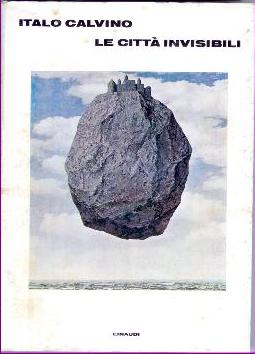













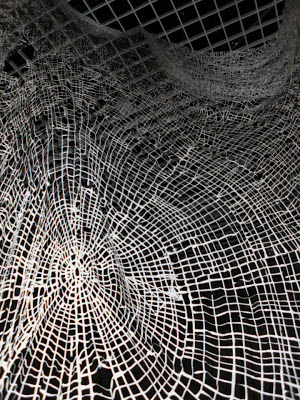



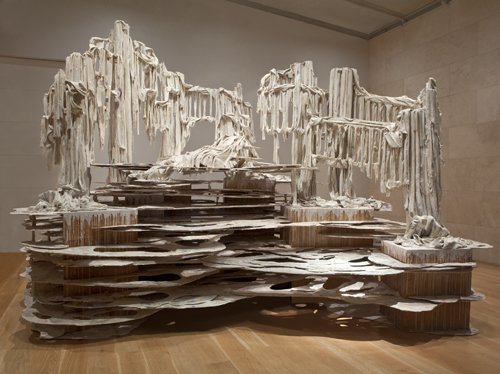

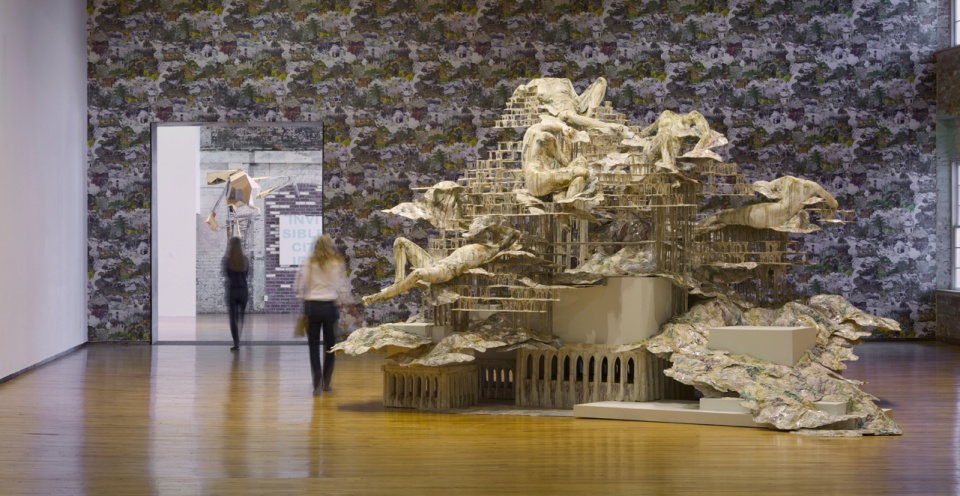






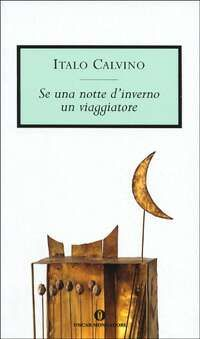













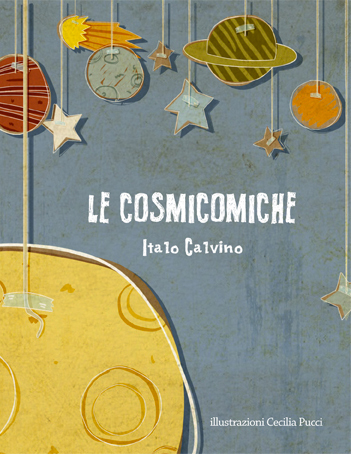

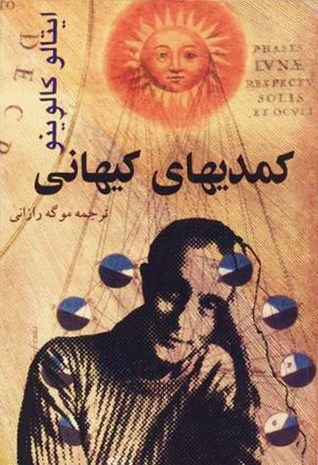

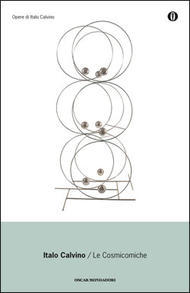






























Comments